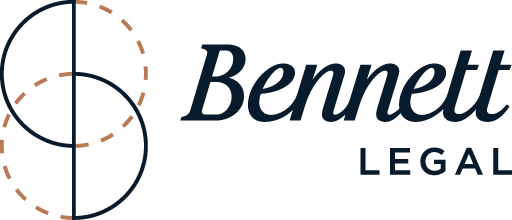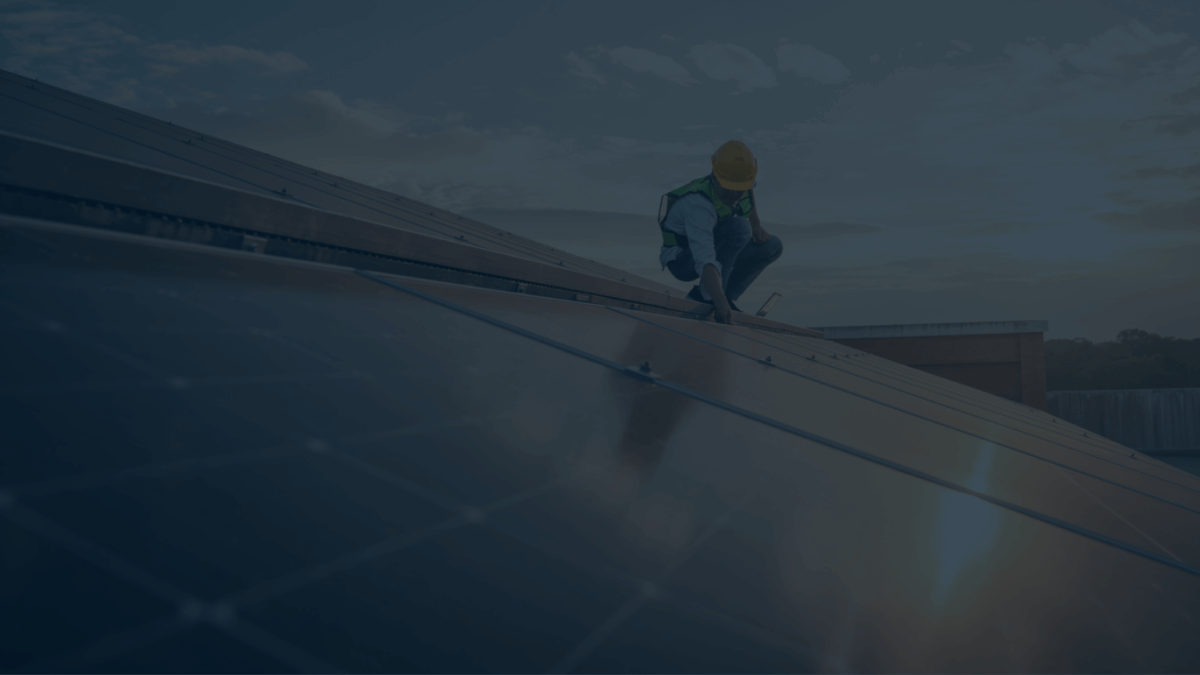
As a homeowner, you may have embraced solar panels as a sustainable energy solution, eager to reduce your carbon footprint and cut down on energy bills.
However, the journey may not always go as planned.
Imagine investing significant resources into a solar system, only to find that it stops functioning shortly after installation. Is it a malfunction or a case of solar panel fraud? This bolt from the blue not only undermines your financial investment but also questions the trust in renewable energy solutions. The financial and environmental factors aside, the emotional toll on you and your family, feeling misled or frustrated, cannot be underestimated.
However, let’s pause for a moment. Not every shutdown is a fraud.
Understanding the difference between technical issues and fraudulent neglect is crucial for you as a consumer and for the industry at large. This article aims to shed light on this distinction, empowering you to make informed decisions and protect your investment.
This knowledge enables you to seek appropriate solutions, whether it be engaging a reputable technician for repairs or pursuing legal action against fraudulent providers. Let’s go over the common technical issues you may face, and distinguish them from clear cases of frauds.
Technical Issues: 4 Common Problems
These are the most common technical issues that you may encounter after installing solar panels in your home. Technical issues, in most cases, can often be resolved with proper maintenance and fixing.
- Inverter Failures
Inverter failures are among the most common technical issues faced by solar panel owners, and understanding this problem is key to maintaining an efficient solar energy system.
The inverter is a critical component that converts the direct current (DC) generated by solar panels into alternating current (AC), which is used by most household appliances. When an inverter fails, it can disrupt the entire energy conversion process, leading to a significant drop in energy output.
This issue can arise from various factors, including:
- Overheating,
- Wear and tear over time,
- Manufacturing defects,
- Environmental conditions such as extreme temperatures or moisture.
Solutions: What You Can Do
Addressing inverter failures is crucial for maintaining the efficiency and reliability of a solar panel system. The first step in resolving inverter issues is regular monitoring and maintenance, which can help identify potential problems before they escalate.
- Ensure you keep an eye out for warning signs such as error messages on the inverter display, unusual noises, or a sudden drop in energy output. If any of these symptoms are detected, it is advisable to consult with a qualified solar technician who can perform a thorough diagnostic check.
- Often, inverter failures can be attributed to simple issues like loose connections or software glitches, which can be resolved with minor adjustments or updates.
- In cases where the inverter is beyond repair, replacing it with a newer, more efficient model might be the best solution.
- Upgrading to a modern inverter not only restores the system’s functionality but can also enhance its overall performance, thanks to advancements in technology.
- Additionally, ensuring that the inverter is installed in a well-ventilated, shaded area can prevent overheating and extend its lifespan.
By taking these proactive measures, homeowners can effectively manage inverter failures, ensuring their solar systems continue to operate smoothly and deliver the expected energy savings.
- Wiring Problems
Wiring problems are among the most common technical issues that can affect the performance of solar panel systems. Understanding these issues is essential for maintaining both the efficiency and safety of your solar installation.
At the heart of a solar panel system is a complex network of wires that connect the panels to the inverter and, ultimately, to your home’s electrical grid. If these connections are loose, corroded, or incorrectly configured, the system may not function optimally, resulting in reduced energy output and increased electricity bills.
This issue can arise from:
- Improper installation,
- Wear and tear over time,
- Environmental factors like moisture or pests.
Solutions: What You Can Do
Addressing wiring problems is crucial for maintaining the efficiency and safety of your solar panel system. Here are some steps you can take:
- Conduct a thorough inspection by a qualified solar technician to identify loose connections, corroded wires, or any signs of wear that might compromise the system’s performance.
- Once identified, these issues can be rectified by tightening connections, replacing damaged wires, or reconfiguring the wiring layout to ensure optimal energy flow.
- Regular maintenance checks are essential, as they can preemptively catch potential problems before they escalate into more significant issues, such as electrical fires or system failures.
- Ensure that your solar systems are installed by certified professionals who adhere to industry standards and best practices.
- For those living in areas prone to extreme weather conditions, investing in protective measures, such as weatherproof enclosures for wiring, can further safeguard the system.
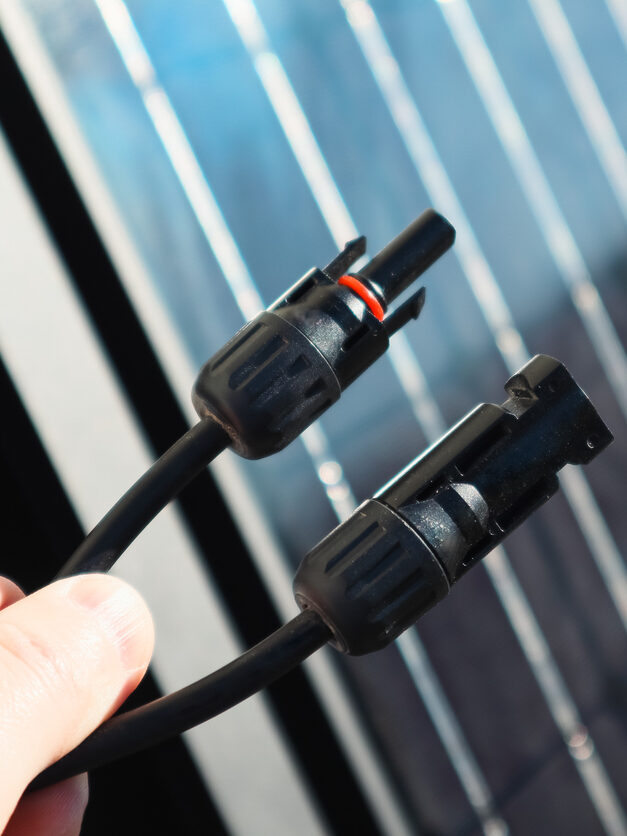
By taking these steps, you can ensure that your solar panels operate efficiently and safely, maximizing your investment in renewable energy and contributing to a more sustainable future.
- Panel Degradation
Panel degradation is a common technical issue that affects the performance and efficiency of solar panels over time. Understanding this gradual decline is crucial for setting realistic expectations for your solar system’s lifespan.
This degradation is caused by:
- UV radiation,
- Temperature fluctuations,
- Weather conditions.
Typically, solar panels are designed to degrade at a rate of about 0.5% to 1% per year, meaning that after 20 to 25 years, they might still produce around 80% of their original capacity.
Solutions: What You Can Do
Addressing panel degradation effectively requires a combination of proactive maintenance and strategic planning. Here’s how you can manage it:
- Invest in high-quality panels from reputable manufacturers, as these are typically designed to degrade at a slower rate due to superior materials and construction.
- Regular maintenance plays a crucial role in mitigating the effects of degradation. This includes routine cleaning to remove dirt and debris that can accelerate wear, as well as periodic inspections to identify and address any emerging issues.
- Consider implementing monitoring systems that track the performance of your panels over time, providing valuable data that can help detect early signs of degradation.
- In some cases, upgrading to newer, more efficient panels may be a viable option, especially if the existing system is nearing the end of its expected lifespan.
By taking these proactive steps, you can extend the life of your solar panels, ensuring that they continue to provide clean, renewable energy for years to come.
- Shading and Obstructions
Shading and obstructions are common issues that can significantly reduce the efficiency of your solar energy system. Understanding how these factors impact performance is key to maximizing energy production.
Solar panels rely on direct sunlight to generate electricity, and any obstruction that blocks sunlight can lead to a noticeable drop in energy output. This issue can arise from:
- Overgrown trees,
- Nearby buildings,
- Seasonal changes that alter the sun’s path.
Solutions: What You Can Do
Addressing shading and obstructions is crucial for maintaining the efficiency of your solar panel systems. Here are some effective solutions:
- Regular maintenance, including trimming trees and vegetation that may cast shadows on the panels, is essential. This proactive measure not only prevents shading but also enhances the aesthetic appeal of your property.
- Install solar panel monitoring systems that provide real-time data on energy production, helping to identify when and where shading occurs. This information can guide targeted interventions, such as adjusting the tilt or orientation of the panels to optimize sunlight exposure.
- In cases where obstructions are unavoidable, such as nearby buildings, consider installing microinverters or power optimizers. These devices allow each panel to operate independently, minimizing the impact of shading on the overall system performance.
- During the initial planning and installation phase, careful site assessment can help identify potential shading issues, allowing for strategic placement of panels to maximize sunlight capture.
By implementing these solutions, you can ensure that your solar systems operate at peak efficiency, thereby safeguarding your investment and contributing to a more sustainable energy future.
When Solar Panels Go Wrong: 3 Key Indicators of Fraud
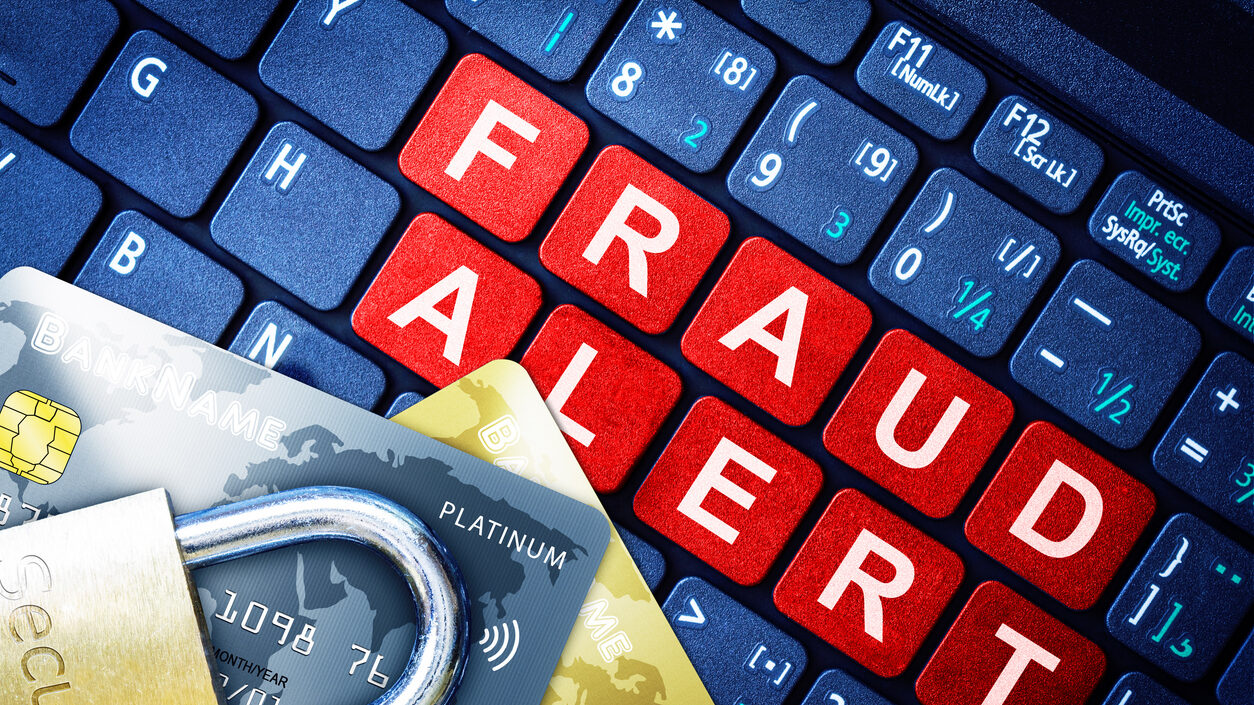
- Incomplete Installations
Incomplete installations are a significant concern for homeowners who have invested in solar panel systems. Recognizing the signs of an incomplete installation is crucial to ensuring your solar panels function as promised.
Incomplete installations can manifest in various ways, such as:
- Missing panels,
- Improperly connected wiring,
- Absence of crucial components like inverters or monitoring systems.
These oversights can severely compromise the efficiency and safety of your solar energy system, leading to underperformance and potential safety hazards.
Solutions: What You Can Do
Addressing incomplete installations is essential for ensuring your solar panel system functions as intended. Here’s how you can protect yourself:
- Choose a reputable and certified solar installation company with a proven track record. Look for reviews and testimonials from previous customers to gauge their experiences.
- Insist on a detailed contract that outlines all components and installation steps. This documentation serves as a reference to ensure that the installation is complete and meets industry standards.
- Stay engaged during the installation process. Request a comprehensive walkthrough of the completed setup, where the installer explains each component and its function.
- Consider hiring an independent inspector to review the installation. This provides an extra layer of assurance, verifying that all components are properly installed and functioning as intended.
- If you suspect an incomplete installation, seek professional evaluation and legal consultation to explore your options for remedy and protection of your rights.
By being informed and proactive, you can protect yourself from fraudulent practices and ensure your transition to solar energy is both successful and sustainable.
- Substandard Equipment
Substandard equipment is a significant concern in the solar industry, as it can lead to frequent malfunctions, reduced energy output, and a shorter lifespan for your solar system. Understanding the signs of substandard materials is crucial for ensuring the reliability and efficiency of your solar panels.
This issue can arise from:
- Use of low-quality solar panels,
- Poorly manufactured inverters,
- Inferior wiring that fails to meet industry standards.
These substandard components often degrade more rapidly and are prone to frequent failures, compromising the overall performance of your solar energy system.
Solutions: What You Can Do
Addressing the risk of substandard equipment requires a proactive approach to ensure you receive a high-quality solar system. Here’s how you can safeguard your investment:
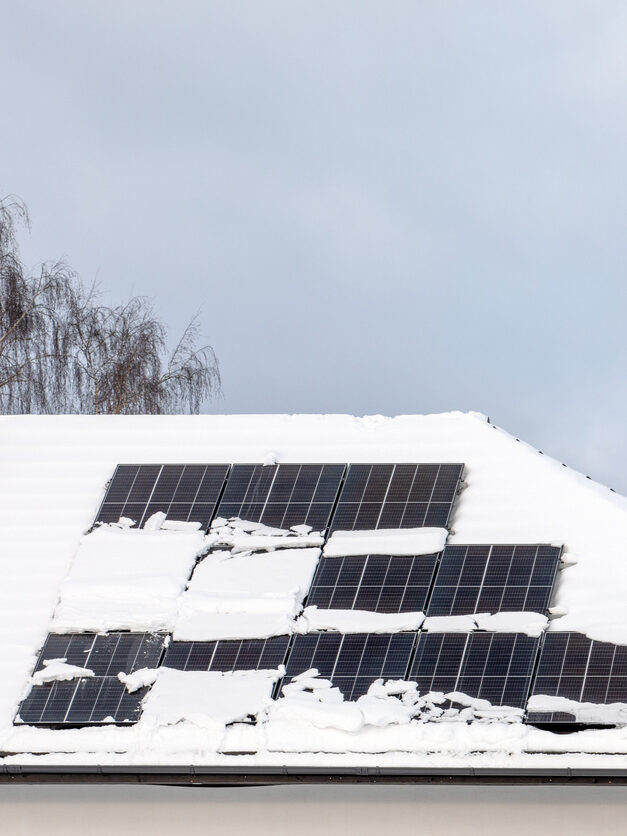
- Conduct thorough research before selecting a solar provider. Prioritize companies with a strong reputation for quality and transparency, and seek out reviews and testimonials from previous customers.
- Verify that the equipment offered meets industry standards by checking for certifications and compliance with recognized standards. High-quality panels from reputable manufacturers are typically designed to degrade at a slower rate due to superior materials and construction.
- Request detailed information about the equipment being offered, including the brand, model, and specifications. Compare these with other options in the market to identify any discrepancies that might indicate substandard products.
- Engage with independent solar consultants or experts who can provide valuable insights and help identify any red flags.
- Ensure that the contract includes comprehensive warranties for both the equipment and installation, offering additional protection against potential issues.
By taking these steps, you can avoid falling victim to fraudulent practices and ensure that your investment in solar energy is both sound and sustainable.
- Misleading Contracts
Misleading contracts are a significant red flag in the solar panel industry, often serving as a key indicator of potential fraud. These contracts can lead to unexpected failures and financial strain, making it essential for homeowners to understand their terms fully.
Fraudulent contracts can include:
- Vague terms,
- Hidden fees,
- Unrealistic performance guarantees,
- Long-term agreements with hefty penalties for early termination.
These deceptive practices can trap homeowners in unfavorable agreements, leading to unmet expectations and financial burdens.
Solutions: What You Can Do
Addressing misleading contracts is crucial for protecting yourself from deceptive practices. Here’s how you can ensure transparency and make informed decisions:
- Thoroughly review the contract before signing, paying close attention to the fine print and any terms that seem ambiguous or overly complex.
- Seek clarification on all aspects of the agreement, including performance guarantees, maintenance responsibilities, and any potential fees or penalties.
- Consult with a legal expert or a trusted advisor who has experience with solar contracts. Their insights can help identify any red flags and ensure that the contract aligns with your energy goals.
- Demand transparency from your solar provider. Insist on clear, detailed documentation of all terms and conditions, and avoid providers who are unwilling to provide this information.
- Consider seeking multiple quotes from different providers to ensure you are getting a fair deal and to compare contract terms.
Case Studies and Real-World Examples of Solar Panel Failures
Examples of Solar Panel Failures
Solar energy systems can fail for technical, contractual, and legal reasons. Below are anonymized examples drawn from real-world disputes and litigation that illustrate common patterns of negligence and fraud in the solar industry:
- Improper Installation Leading to Roof Damage: A homeowner in Arizona experienced significant roof leaks within two years of solar panel installation. The installer had failed to follow manufacturer-required waterproofing protocols. The resulting repair costs exceeded $25,000, and litigation centered on breach of contract and violations of the Arizona Consumer Fraud Act (A.R.S. § 44-1522).
- False Production Claims: In California, a residential customer was promised that their system would offset 90% of annual energy costs. After two years, the panels produced less than 60% of the promised output, leading to monthly bills that were hundreds of dollars higher than projections. The dispute triggered claims under California’s Business & Professions Code § 17200 (Unfair Competition Law) and resulted in a mediated settlement requiring the installer to buy back the system.
Lessons Learned from Real-World Cases
From these disputes, several clear lessons emerge for both homeowners and practitioners:
- Verify Installer Licensing and Certification: Many disputes arise from unlicensed or underqualified contractors. State licensing boards (such as the California Contractors State License Board) provide searchable databases that homeowners should check before signing contracts.
- Scrutinize Production Guarantees: Any promise of offset percentages, annual kilowatt-hour output, or cost savings should be documented in the contract. Courts have consistently sided with consumers where documented promises did not align with delivered results.
- Read Escalator Clauses in Financing Agreements: Lease and Power Purchase Agreements (PPAs) often include annual rate increases. A 2.9% to 5% yearly increase can double costs over 20 years, negating savings. Homeowners should seek contracts with fixed rates or capped escalators.
- Demand Transparency in Maintenance Contracts: Service agreements should outline inspection frequency, reporting obligations, and remedies for non-performance. Failure to enforce these terms has led to preventable system failures and avoidable litigation.
- Leverage Consumer Protection Statutes: Nearly every U.S. state has consumer protection laws that can provide remedies for false advertising, hidden terms, or negligent service. These statutes often allow recovery of attorney’s fees, which is critical in disputes involving relatively modest damages (e.g., $10,000–$30,000).
Conclusion
As the adoption of solar energy continues to grow, it is imperative for homeowners to take proactive steps to safeguard investments and ensure the longevity and efficiency of solar systems. By staying informed and vigilant, you can effectively troubleshoot common technical issues, such as inverter failures or shading problems, before they escalate into more significant concerns.
Moreover, in the unfortunate event that fraudulent practices are suspected—be it through misleading contracts, substandard equipment, or incomplete installations—seeking legal advice is crucial. Engaging with legal professionals can provide clarity and guidance, helping you navigate complex situations and pursue appropriate remedies. By taking these steps, you not only protect your own interests but also contribute to a more transparent and accountable solar industry. This proactive stance not only ensures that the transition to renewable energy is smooth and beneficial but also fosters greater trust and confidence in solar technology as a sustainable solution for the future.
At Bennett Legal, we understand the complexities and challenges that come with solar panel contracts. We are here to support you in navigating these agreements and protecting your family’s financial future. Our team specializes in solar panel financing fraud and related legal matters, offering personalized guidance to help you manage contract implications with confidence. Whether you’re dealing with survivorship clauses, UCC liens, or other contractual concerns, we are committed to providing the expertise and empathy you need.
Let us assist you in ensuring that your estate planning aligns with your goals and safeguards your loved ones.
